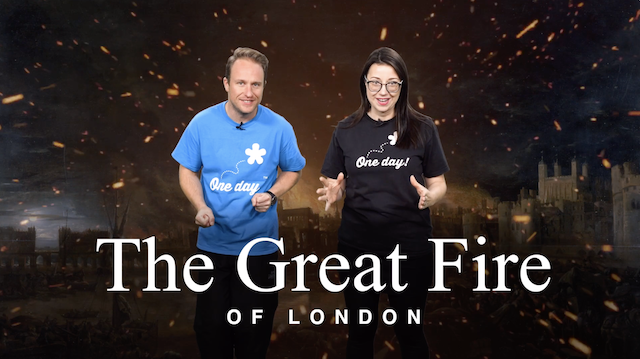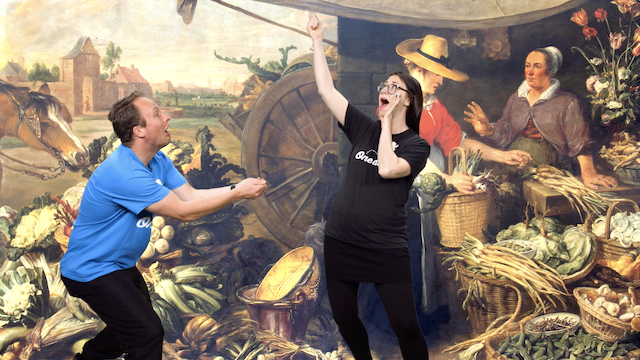June 04, 2021
How the Pandemic Transformed My Education Business: Part 3
The final instalment of this behind-the-scenes series, led by One Day Managing Director, Becky.
Welcome to our Creativity in the Classroom series! In this series, we share some of our favourite activities, games and challenges to stimulate creative learning on curriculum topics. All ideas come from our online teaching resource, Uno. To find even more engaging activities and interactive videos, visit the Uno website and sign up for your free trial!

Do you know the date of Big Ben’s first ever bong? Let us tell you, it was the 31st May 1859. That means London’s most famous clock tower has been keeping time for over 110 years! In fact, the event was so momentous that Historic England recently created an annual celebration of London’s history on 31st May each year. It’s called… London History Day (of course!).
London History Day is an opportunity for us to look into our capital’s past and shine a light on what makes it so unique. What better event to start with than one of the most famous disasters in London’s history – The Great Fire of London?! It’s a mighty popular topic for KS1 classes and our mostly highly requested primary school workshop too! Here’s a quick Great Fire of London KS1 activity to help get you started.
Psst! We have a full-day Great Fire of London KS1 video workshop over on our online teaching platform, Uno. It’s jam-packed with activities (including this one!), resources and fun follow-up ideas. Check it out.

In this introductory exercise, you’ll use role-play to transport your class to the bustling streets of London in 1666. After all, in order to understand the impact of the Great Fire of London, we have to understand the people who lived there!
“The year was 1666. Nearly 350 years ago. It was the time of King Charles, the Second. London is an exciting, bustling, crowded city. An important, wealthy city where goods are traded from all over the world (GROUP 1). Coaches and ships are built along with hundreds of wooden houses (GROUP 2). London is a city full of busy, bustling winding streets. Churches (GROUP 3), Inns (GROUP 4). It was a time before electricity where fire was used every day in foundries, blacksmiths (GROUP 5) and in the home for cooking, heating and light (GROUP 6)”.
For a follow-up activity, use what you’ve learned here to create an artwork focused on the London landscape in 1666. Use this as a starting point to compare with modern day London. What differences can you see? Are there any similarities? Think not only of the people, but also the scenery and way of life.
If you’d like to learn more tips for improving Creativity in the Classroom, take a look at our online teaching resource, Uno. This easy-to-use website is packed with interactive videos and teacher guides on a wide range of topics. Please get in touch to find out more and begin a free trial for your school.
June 04, 2021
The final instalment of this behind-the-scenes series, led by One Day Managing Director, Becky.
May 19, 2021
"Kindness fuels kindness. We can all play a part in a chain reaction that powers positivity."